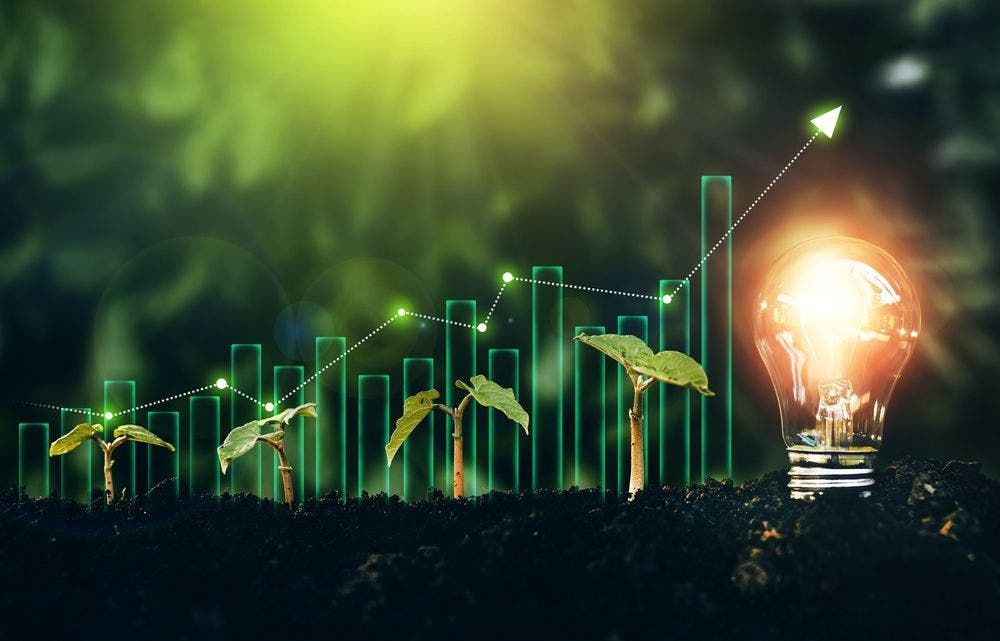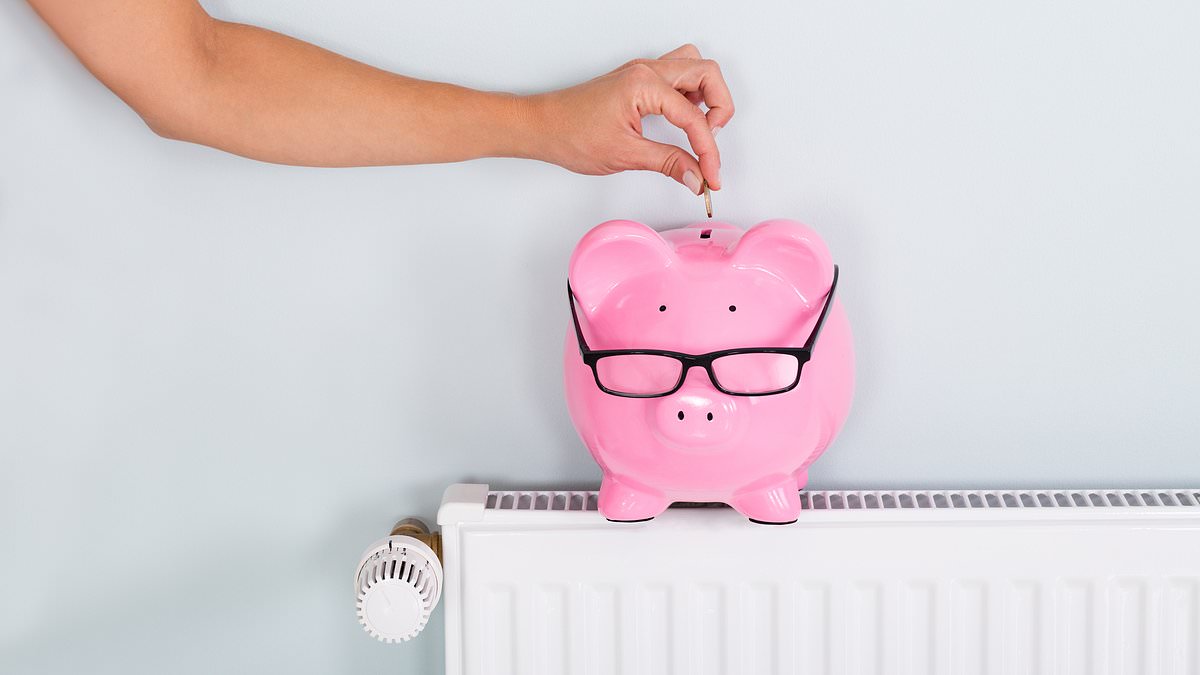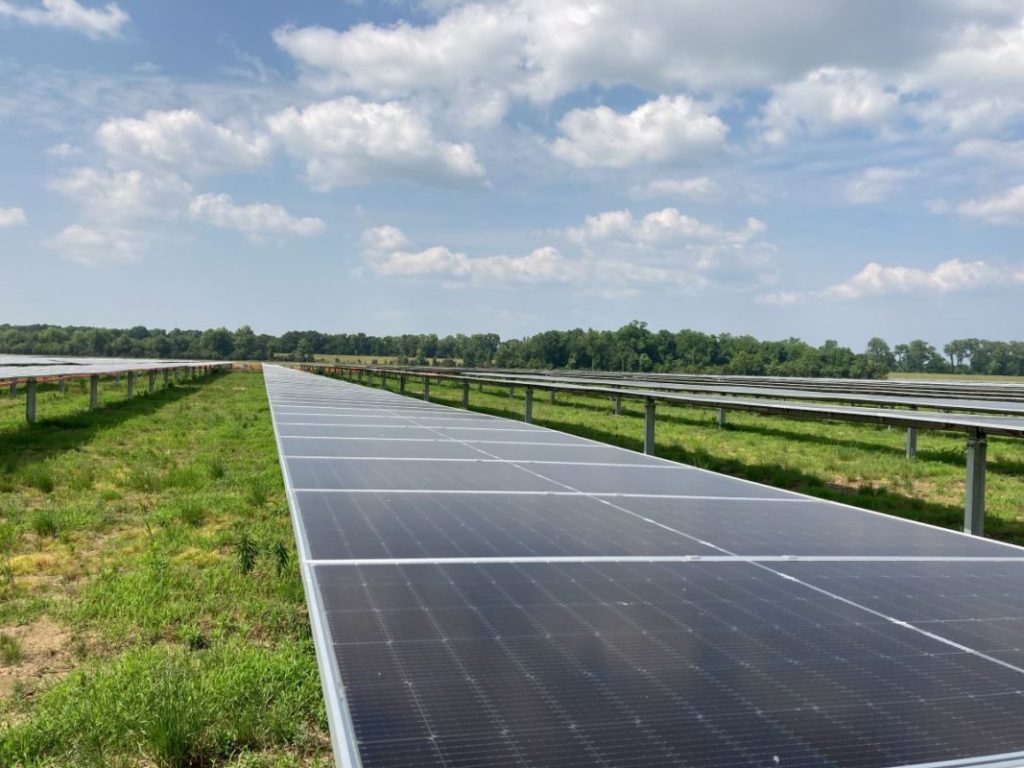Surge in Solar Energy and Green Technologies
Energy investment in the Middle East is projected to reach approximately $175 billion in 2024, with clean resources accounting for around 15 percent of the total, a new report disclosed. The International Energy Agency’s (IEA) analysis highlighted that clean energy investment in the announced pledges scenario is expected to more than triple by 2030 compared to 2024. This indicates a significant shift towards sustainable energy sources in the region.
Clean Energy Versus Fossil Fuels
At present, spending on fossil fuel supply predominates. For every dollar invested in fossil fuels, only 20 cents is allocated to clean energy investment. This figure is approximately one-tenth of the average global ratio of clean resources to fossil fuel investment. However, the IEA report indicated that by the end of the decade, every dollar invested in fossil fuels would be matched by 70 cents going to clean energy.
Regional Commitments and Solar Energy Developments
Five of the 12 countries in the region have set net zero emission targets. The UAE and Oman aim to achieve net zero emissions by 2050, while Saudi Arabia, Bahrain, and Kuwait have set a target for 2060. The UAE has committed to reducing emissions by 19 percent by 2030 from 2019 levels. It also pledged $30 billion in catalytic capital to launch a climate-focused investment initiative at the 2023 UN Climate Change Conference, or COP28.
The region’s power sector holds a distinct opportunity for increasing investment in clean energy technologies, notably for solar energy. Harnessing these resources could substantially decrease reliance on both oil and gas in the power sector. Saudi Arabia, for example, is targeting 130 gigawatts of renewable capacity by 2030, up from less than 5 GW today. Similarly, projects like the large Al-Shuaibah Solar Power Plant in Saudi Arabia and the Mohammed bin Rashid Al-Maktoum Solar Park in the UAE are underway.
Global Energy Market Trends and Investments
Global energy investment is set to exceed $3 trillion for the first time in 2024, with $2 trillion going to clean energy technologies and infrastructure, the report noted. Investment in clean energy has accelerated notably since 2020, with spending on renewable power, grids, and storage now higher than total spending on oil, gas, and coal. Clean energy investments are set to approach $320 billion in 2024, up by more than 50 percent since 2020. This mirrors the growth seen in advanced economies, which recorded a 50 percent increase, although trailing China, which witnessed a surge of 75 percent in renewable investments since 2020.
Africa’s clean energy investments in 2024, at over $40 billion, are nearly double those in 2020, the IEA further explained. Yet, much more needs to be done. Many of the least-developed economies need to be included, with disadvantaged nations facing acute problems due to high levels of debt. However, easing supply chain pressures and falling prices have partially offset the impact of higher financing costs on project economics. For example, solar panel costs have decreased by 30 percent over the last two years, and prices for minerals and metals crucial for energy transitions, especially those required for batteries, have also sharply dropped.
Conclusion
The Middle East’s energy market is experiencing a transformative shift towards clean energy. With substantial investments and ambitious targets, the region is poised to become a significant player in the global solar energy market. These developments reflect broader global trends, emphasizing the importance of sustainable energy solutions and the increasing role of solar technology and green energy policies in shaping the future of energy investment.
Source:albawaba.com





